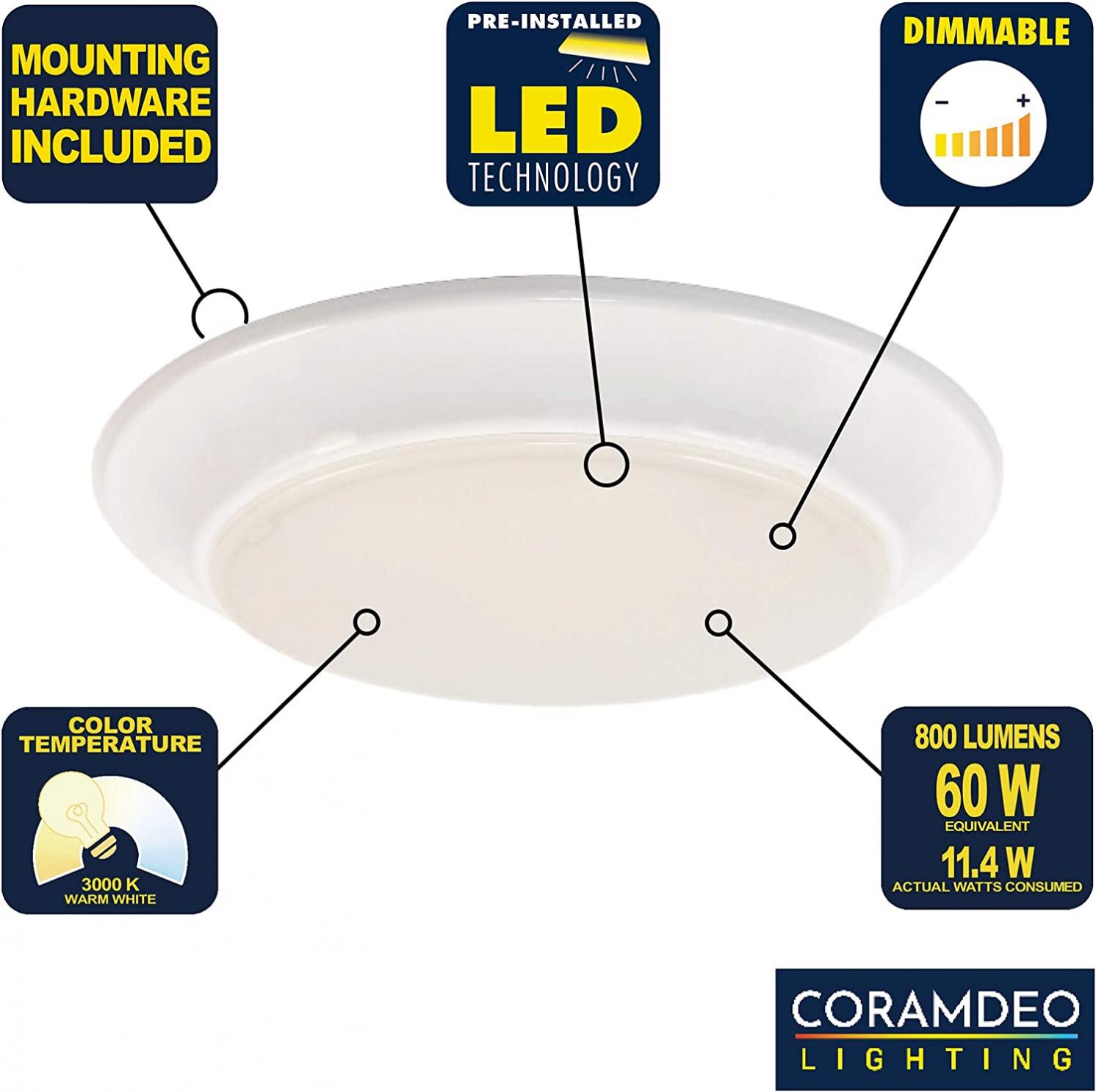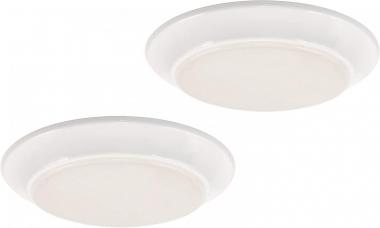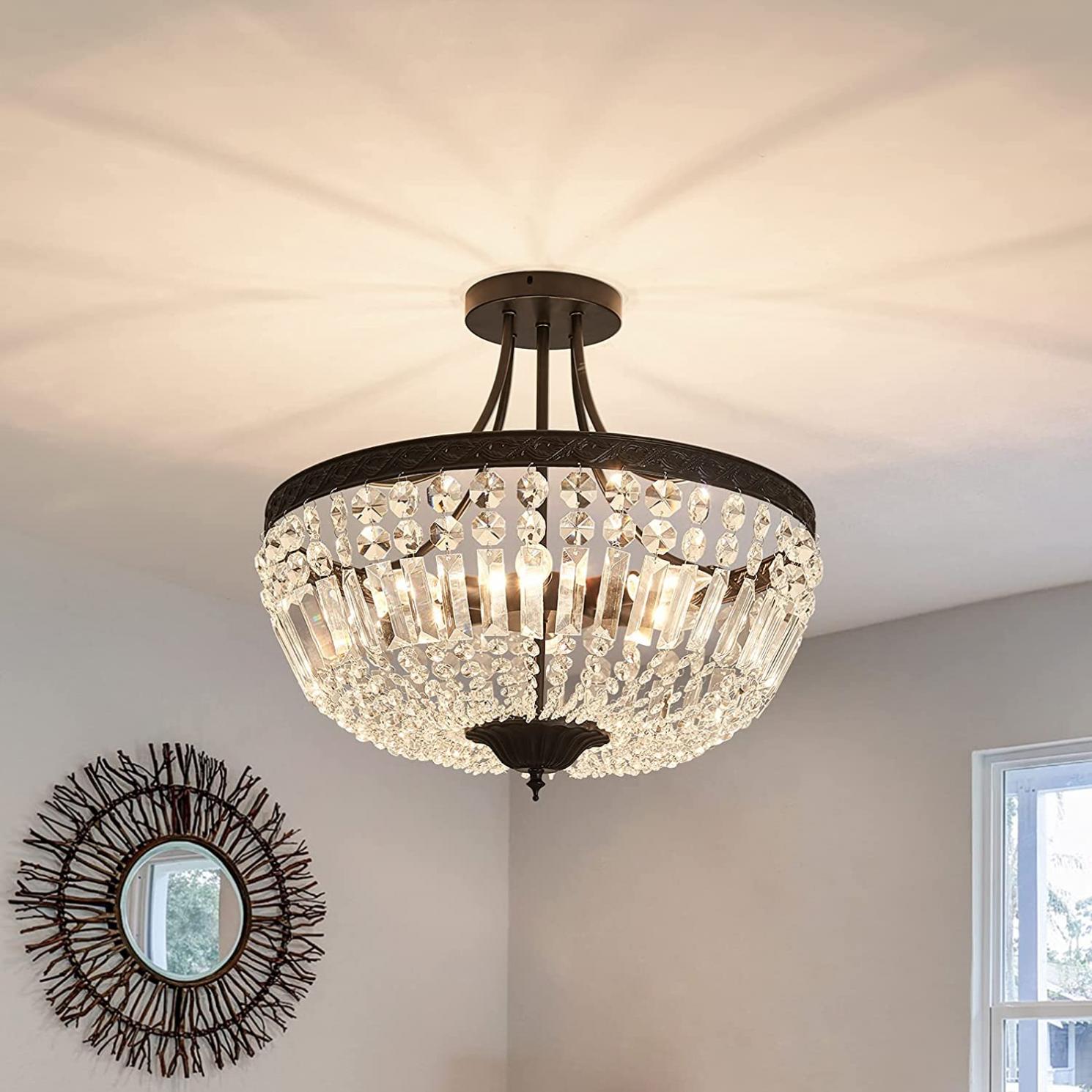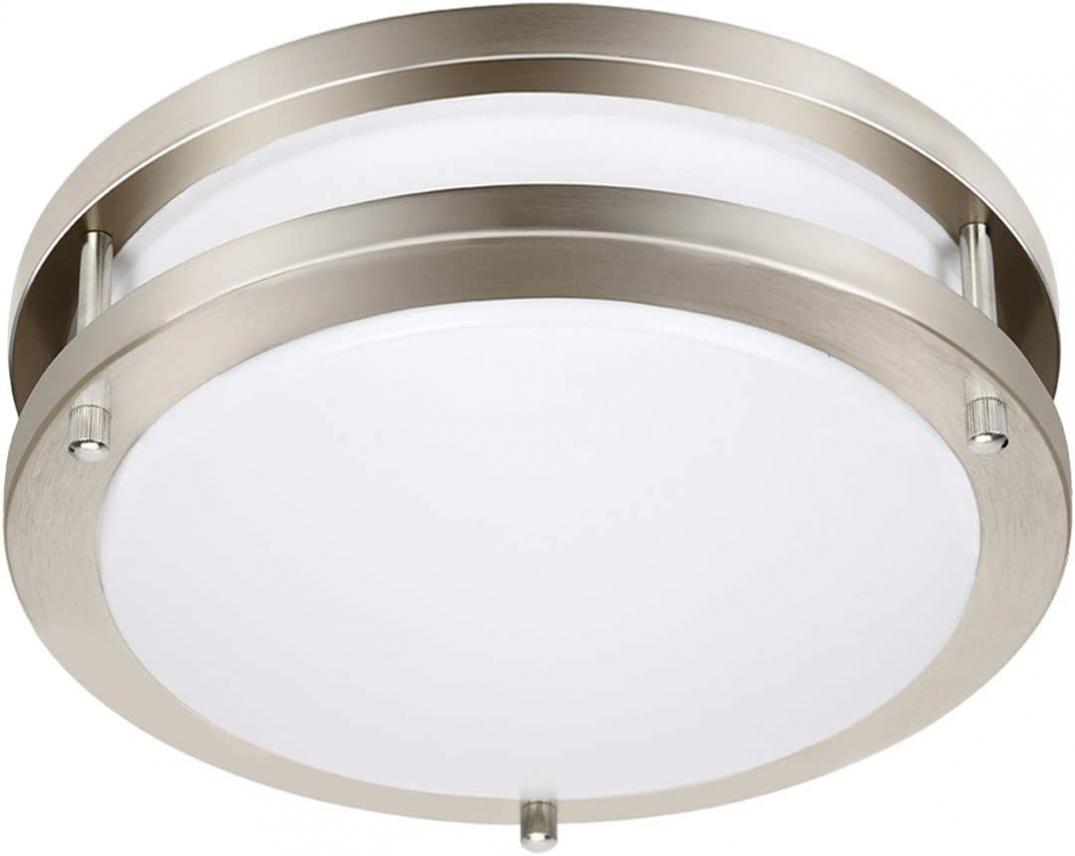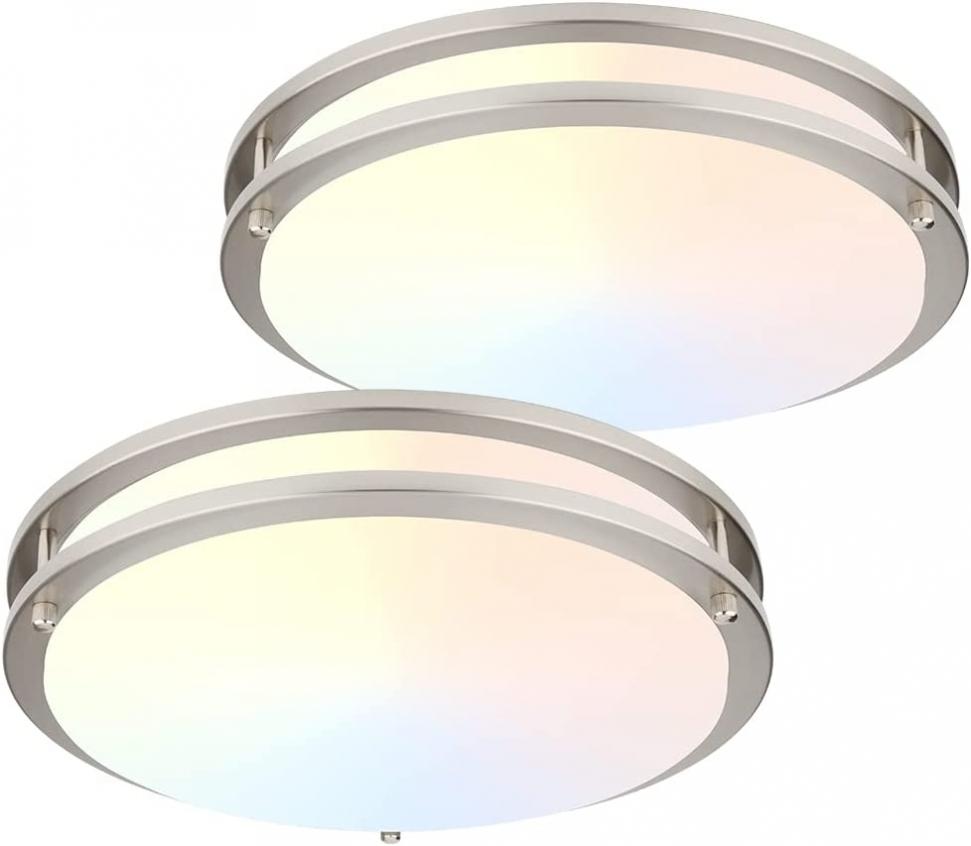- Product Description
Product description
What is a LED Fixture and How is it Different?For well over a hundred years we have changed light bulbs when the old ones burned out. Most (not all) of the bulbs available today are now LED bulbs. The difference between a light fixture that takes LED bulbs (most any of them can) and a true ‘LED Fixture’ is that the LED Fixture has a permanently installed LED light source. There literally is no light bulb to change. Face it – Changing light bulbs is a pain.It has been an accepted requirement to have light, so we haven’t really complained about it. Until now. Experience being light bulb free! LED Fixtures don’t use light bulbs. Instead, quality LED Fixtures have a permanent pre-installed light source that is designed to last at least 50,000 hours. In fact, LED Fixtures with a 50,000 hour life will last over 22 years if the light fixture is used 6 hours per day. LED Fixtures represent the best investment in terms of lower overall cost and ease of maintenanceThis is accomplished by never having to buy replacement bulbs and much lower energy consumption saving you on your power bill. With LED Fixtures you never have to worry about mismatched bulbs in different fixtures with different wattages or color temperatures. Plus, just think – no more light bulb jokes ;) Energy Saving and Less Maintenance = Money Saving
There are at least 3 main ways you can save by moving to LED Fixtures:1. Use Less Energy. A great thing about LED fixtures is the amount of energy you save while still having a brightly lit home, inside and out. Generally 100W on incandescent light takes 15-20W in LED. 2. Save Money on Bulbs. No more bulbs to buy. Installing an LED Fixture will reduce your maintenance costs over the lifetime of the fixture because you never have to buy a light bulb. Quality LED Fixtures have light sources that will last 50,000 hours. By comparison most LED Bulbs have an expected life of about 10,000 hours. 3. No More Maintenance Costs required to change bulbs. No need to grab the ladder and change the light bulb. Ever.  What is Color Temperature and Why is it Important?LED Fixtures and bulbs are so sophisticated that it is now possible to reliably produce LED Fixtures with a specific range of color temperature. Color temperature refers to a measurement that a specific light source gives on the Kelvin scale. LED Fixtures can be made to match a specific color temperature or sometimes fixtures can be made to meet a range of color temperatures depending on what you like the most. In North America we are used to color temperatures that are similar to incandescent bulbs. An important frame of reference is that the typical incandescent light that most people are used to generates a ‘warm’ light that shows up at about 2700-3000 on the Kelvin scale (2700-3000K). As a result the most popular color temperature for residential LED Fixtures and LED Bulbs is Warm White. OutdoorsIn residential outdoor lighting situations around a home, Warm White (2700-3000K) is the most popular. It is a friendly light, unlike the cooler light temperatures that are often used in commercial lighting settings. Most outdoor products we carry for residences are Warm White (3000K), while most commercial style outdoor LED Fixtures we carry are in Daylight White (5000K). IndoorsInside a home, most light is preferred to be ‘warm’, with exceptions possibly in a hallway, bathroom, or dressing room. In a hallway a brighter color temperature like Bright White (4000K) adds more of a white light, helping to make the hallway feel larger and more spacious. In a bathroom or dressing room Bright White (4000K) or Daylight White (5000K) color temps help provide a more crisp white more representative of the outdoor sun. We carry the majority of our indoor lighting in Warm White (3000K) and Bright White (4000K). Some of our indoor items include a Color Select switch (noted in product description) that allows you to choose the color temperature you want in that fixture (3000K, 4000K or 5000K). Color Rending Index (CRI)CRI describes how well an LED Fixture consistently produces light in relation to representation of color. The CRI is a number on a scale between 1 and 100 with 100 representing direct daylight on a clear day at noon. CRI for outdoor fixtures that are on at night typically do not require a high CRI, 80 is fine. When it comes to indoor LED Fixtures, try to purchase fixtures with at least a CRI of 80 or even 90 if possible. If a product doesn’t list CRI in its specs, it might not be very high, and is not a sign of good quality. Typically the CRI in a bathroom or dressing room should be as high as you can get it in order to have the best representation of color for clothes and makeup. This is what helps you determine the difference between dark navy blue and black when selecting clothing.
|

